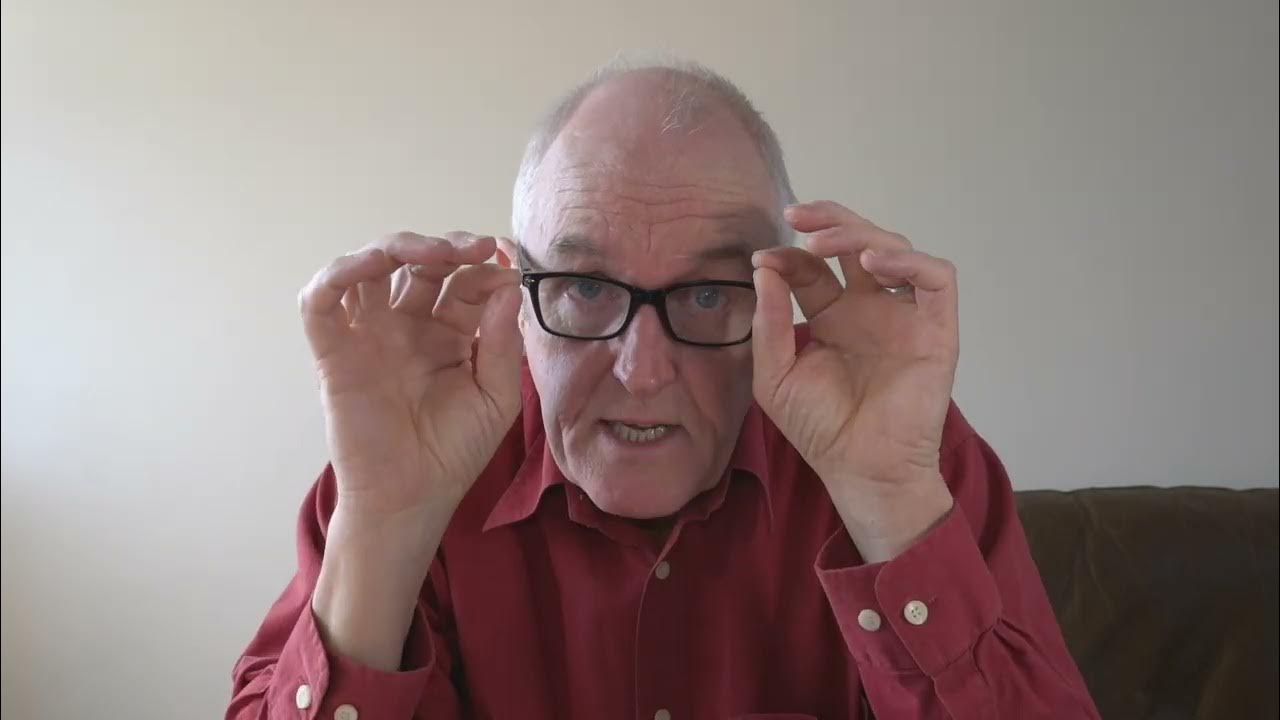The privacy breakdown that betrayed a nation | Trustonomy podcast: Episode 4
Summary
TLDR1989年、アリゾナ州立大学の研究者が、ハバスパイ族の血液サンプルを収集した際、糖尿病研究以外の目的で族の同意なく使用していたことが発覚しました。この問題は、先住民コミュニティとの信頼関係を裏切る重大な行為でした。企業や団体は、データの収集とプライバシーの保護において十分な透明性と同意を確保する必要があります。利害関係者との対話を通じて潜在的なリスクを特定し、データの取り扱いにおいて高い倫理基準を持つことが、信頼を築く上で非常に重要です。
Takeaways
- 😲 ハバスパイ族の血液サンプルは、糖尿病の研究以外にも無断で使用された。これは族の伝統的信念に反しており、大きな裏切りとなった。
- 🔐 研究機関は適切な同意を得ずに個人データを使用し、プライバシーを侵害した。これは信頼関係を損なう重大な過失である。
- 👩⚖️ ハバスパイ族はアリゾナ州立大学を提訴し、2010年に70万ドルの賠償金と血液サンプルの返還を勝ち取った。
- 👥 小規模な集団のデータは、個人情報として扱われる必要がある。anonymity集団全体を特定できてしまうためだ。
- 🤝 適切な同意を得るには、対象者が完全に理解できるよう透明性を持たせ、文化的背景にも配慮する必要がある。
- ✅ プライバシーインパクトアセスメント(PIA)を実施し、データ収集の目的と方法、リスクを事前に検討することが重要である。
- 💻 企業はデータの受託者にすぎず、データの所有者である個人のプライバシーを尊重する義務がある。
- 📜 同意書の内容が広範囲すぎると、プライバシー侵害のリスクが高まる。目的を明確に特定する必要がある。
- 🌐 プライバシーと同意の確保は、法令遵守以上に、企業が顧客との信頼関係を築く上で不可欠である。
- 💔 ハバスパイ族の事例は、データの不適切な取り扱いがいかに深刻な文化的・精神的傷を与えるかを物語っている。
Q & A
ハバスパイ族の人々は、どのような健康問題に直面していましたか?
-ハバスパイ族の人々は、1980年代後半には成人の50%以上が2型糖尿病に苦しんでいました。これはアメリカ国内平均の5%と比較しても極端に高い数値でした。糖尿病は同族にとって深刻な問題となっていました。
アリゾナ州立大学の研究者たちは、なぜハバスパイ族の血液サンプルを収集しようとしたのですか?
-ジョン・マーティン博士は、ハバスパイ族の糖尿病が食事と遺伝の組み合わせによるものだと考え、遺伝学者のテレーズ・マーコウ博士と共に研究を始めました。最初のステップは血液サンプルを収集することでした。
研究者たちは、ハバスパイ族の同意なしにどのような研究を行いましたか?
-ハバスパイ族の血液サンプルは、糖尿病研究以外に24の別の研究プロジェクトで使用されていました。これには統合失調症や近親婚の研究なども含まれ、同族の願いや信念に反するものでした。さらに、同族の起源に関する研究も行われ、彼らの祖先がアジアからベーリング海峡を渡って移住したと主張されました。
ハバスパイ族はこの研究に対してどのような反応を示しましたか?
-ハバスパイ族は大きな裏切り感を抱きました。彼らの血液が同意なく使用されたこと、起源に関する研究が彼らの創造神話に反していたことなどから、トライバル・リーダーや長老たちが涙を流すほどでした。カーレッタは標本扱いされたような気持ちになったと述べています。
ハバスパイ族は研究機関に対してどのような法的措置を講じましたか?
-ハバスパイ族は、アリゾナ州立大学が適切な同意を得ずにプライバシーを侵害したとして訴訟を起こしました。主な目的は血液サンプルを取り戻すことでした。2010年、大学側は41名の族員に70万ドルを支払い、151件の血液サンプルを返却しました。
リンダ・ティエロヴァはこの事件からどのような教訓を得ましたか?
-ティエロヴァは、研究者たちがプライバシーとデータの適切な取り扱いを軽視していたと指摘しています。同意の重要性、影響評価の実施、ステークホルダーとの協議など、データ管理における適切なプロセスの必要性を強調しています。プライバシーを守ることで、企業は人々の信頼を得られると述べています。
この事件は、企業がデータ収集においてどのような配慮をすべきだと示唆していますか?
-透明性の確保、十分な情報に基づく同意の取得、対象者のニーズへの配慮(言語や文化的背景など)、プライバシー影響評価の実施、ステークホルダーとの継続的な対話が重要であることを示唆しています。個人やグループのプライバシーを尊重し、信頼関係を構築することが肝心です。
この事件が教えてくれるプライバシー保護の重要性とはどのようなものでしょうか?
-この事件は、適切な同意とプライバシー保護の重要性を物語っています。企業は単にデータを「所有」するのではなく、「管理」する立場にあります。プライバシー保護を怠ると、個人やグループの信頼を失い、企業側にも大きな損害がもたらされます。従って、データの収集と利用においてプライバシーを最優先することが求められます。
カーレッタとハバスパイ族は、この出来事からどのような教訓を得ましたか?
-カーレッタは、ハバスパイ族の伝統的な信念やプライバシーが軽視されたことで、大きな精神的な苦しみを経験しました。しかし同時に、この出来事は族を団結させ、一つの声を持つ強さをもたらしました。彼女は他の先住民族に同じ過ちを繰り返してほしくないと願っています。
Outlines

Esta sección está disponible solo para usuarios con suscripción. Por favor, mejora tu plan para acceder a esta parte.
Mejorar ahoraMindmap

Esta sección está disponible solo para usuarios con suscripción. Por favor, mejora tu plan para acceder a esta parte.
Mejorar ahoraKeywords

Esta sección está disponible solo para usuarios con suscripción. Por favor, mejora tu plan para acceder a esta parte.
Mejorar ahoraHighlights

Esta sección está disponible solo para usuarios con suscripción. Por favor, mejora tu plan para acceder a esta parte.
Mejorar ahoraTranscripts

Esta sección está disponible solo para usuarios con suscripción. Por favor, mejora tu plan para acceder a esta parte.
Mejorar ahoraVer Más Videos Relacionados
5.0 / 5 (0 votes)






